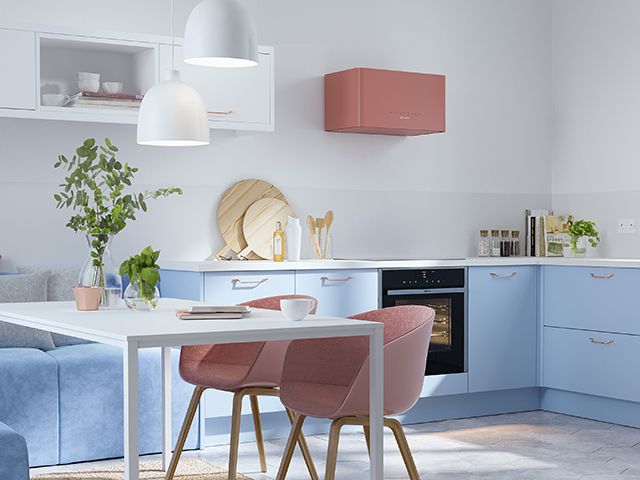
How to choose the right cooker hood for your kitchen
Air extractors keep your space free from cooking smells and are likely required by law in your kitchen. Here’s what you need to know about choosing a new cooker hood.

Image: Wren Kitchens
Why do you need extraction?
When you’re cooking, extraction helps to remove smells from the space, reduce condensation and maintain the air quality. However, for the majority of homes, suitable ventilation in the kitchen isn’t an optional extra you can pick and choose whether you want. Building regulations dictate that any extract ventilation in a kitchen must be retained in a renovation, and only homes that have never had a ventilation system, period and listed properties for example, are exempt.
Position in your kitchen
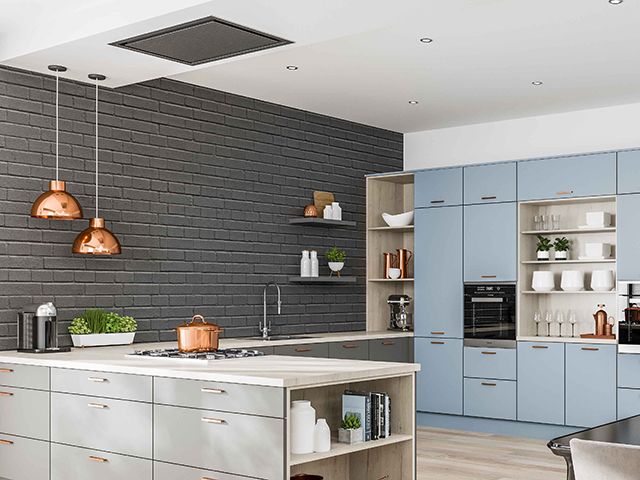
Image: LochAnna Kitchens
The position of your hob in the kitchen is a decision that needs to be made in tandem with the location of your extraction system, which comes with more limitations on placement. You’ll need to consider where the existing ducting is within your space as to where it can be placed, although this may be something that can be adjusted if you’re performing a major overhaul of the space.
You should also consider visually what the placement of a cooker hood will mean. For example, if you choose to put your hob on a kitchen island or peninsula, a hanging cooker hood may disrupt the look of your open-plan space.
Extraction versus recirculation
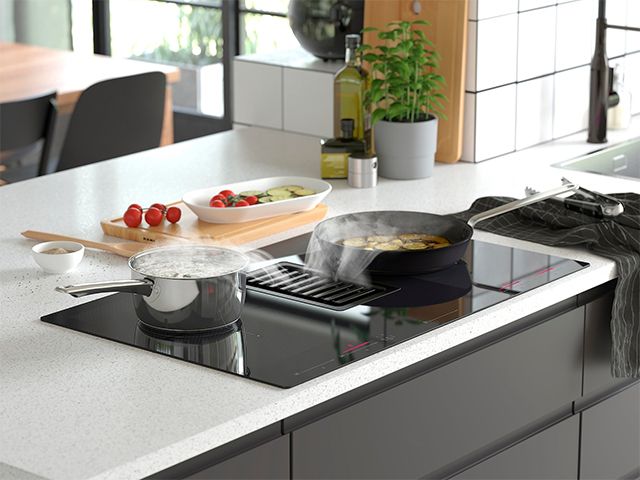
Image: Ikea
Extract ventilation refers to when air is removed from the property, however some cooker hoods and extractors use a method of air recirculation instead. This means that air is passed through a filter before re-entering the space, meaning that this form of extraction doesn’t need to be connected to exterior ducting.
This is common for the likes of down draft extractors, which offer an option for having a kitchen island hob without a cooker hood positioned above, such as Ikea’s new Fordelaktig hob.
However, recirculation hobs cannot be used as a replacement for extract ventilation – you must still maintain the extract ventilation, though not necessarily through a cooker hood as such, to meet building regulations.
Key qualities
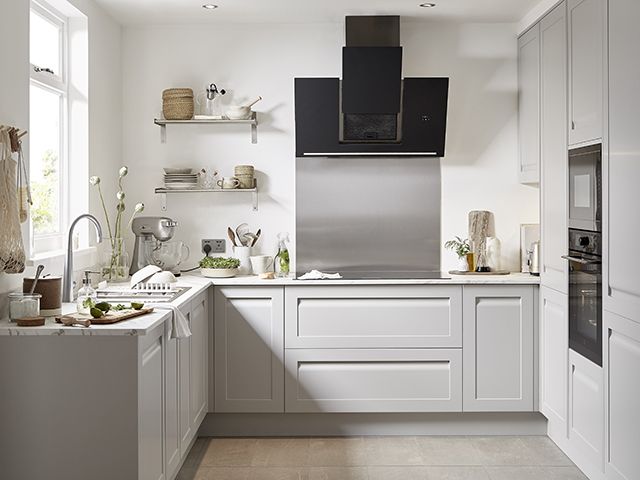
Image: B&Q
As well as the look of your cooker hood, you also need to consider how effective it will be in your space.
To save energy, cooker hoods have a maximum power level limit enforced by law, but can often include a boost function that can be used tmeporarily when the need arises. Unless you have a incredibly huge space to ventilate, a standard cooker hood will likely suffice for your space.
The noise your cooker hood emits is also important, especially if it’s an open-plan kitchen living space. Compare decibel levels between models before making your decision – as a rough guide, anything less than 30 decibels on its minimum setting is considered to be ‘silent’.
Minimise and disguise
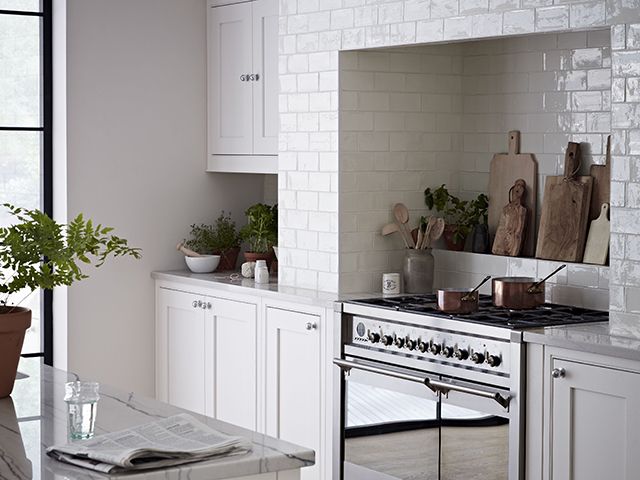
Image: Kitchen Makers
There are plenty of ways to minimise the look of a cooker hood in your kitchen.
Canopy hoods are designed to be inserted flush into your choice of casing to create a extractor that will only really be seen when using the cooking space. Above, ithe canopy hood is fitted into a chimney breast for a classic farmhouse look, however, it could also easily be fitted into a piece of wall cabinetry as a clever disguise.
Certain canopy style hoods can also be fitted directly into the ceiling, while still offering powerful extraction for your kitchen.
Down draft extractors can be integrated into the hob directly, but styles also exist which, flush when not in use, raise up from the kitchen countertop when cooking.
Create a feature
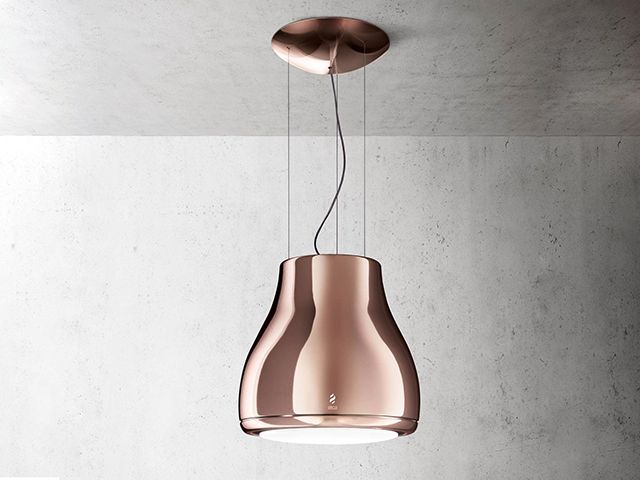
Image: Elica Shining pendant cooker hood, John Lewis & Partners
On the other hand, you may want to make a design feature of your extraction, especially when it’s over a kitchen island.
Cooker hoods disguised as, and doubling up as, pendant lighting are popular, but often come with a price premium.
Alternatively, talk to your designer about creating a custom, built-out hood fitted with a canopy extractor. You can then choose your choice of statement materials for the outer finish of your cooker hood.
What kind of kitchen extractor did you opt for? Let us know by tweeting us @goodhomesmag or posting a comment on our Facebook page.




